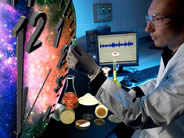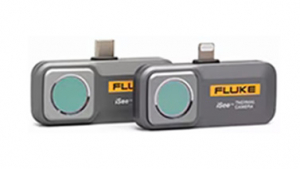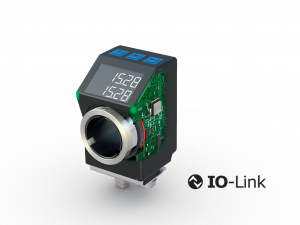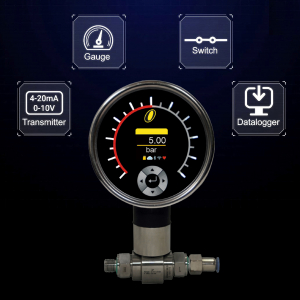Thermo Fisher Scientific Webinar Shows Complementary Capabilities of XRF and ICP for Rapid Elemental Screening without Sample Preparation
10th December 2009
Source:
Thermo Fisher Scientific

Thermo Fisher Scientific Inc. announce a new educational webinar entitled “Rapid Screening: Analyzing 75 Elements in 10 Minutes without Sample Preparation.” The informative presentation discusses the complimentary capabilities of X-ray fluorescence (XRF) and inductively coupled plasma (ICP) technologies and how the two methods can be combined to produce faster and more economical elemental analysis results.
Modern elemental analysis laboratories demand precise results, but now, more than ever, speed and efficiency are important too. While ICP offers accurate and repeatable multi-element analysis capabilities, sample preparation procedures can be lengthy and tedious, especially when analyzing non-aqueous and solid matrices. Recently, however, XRF emerged as a complementary technique to facilitate rapid and non-destructive screening for elemental characterization of difficult, unknown and/or limited samples. When used in conjunction with ICP, XRF can perform rapid quantification of the entire periodic table, from beryllium to uranium, in totally unknown samples requiring no calibration standards. The webinar shows how to combine these powerful techniques.
Eric Tusseau, Thermo Fisher Scientific, begins the webinar with a thorough overview of XRF and ICP techniques, comparing and contrasting them on criteria such as solid sample preparation procedures, standardization, interferences and cost of ownership. Based on the advantages and disadvantages of each method, the main application areas of XRF and ICP are also outlined.
Dr. Pascal Lemberge, ED-XRF applications scientist, Thermo Fisher Scientific, illustrates the benefits of using XRF and ICP together in applications such as rapid determination of nutrients in milk powders using WDXRF, analysis of sewage sludge, petroleum and polymers analysis, drug and food screening and filter media analysis. Dr. Lemberge’s examples show how the two techniques combine to provide dependable, rapid and cost-effective detection of elemental concentrations.
To view the free, on-demand webinar, please visit www.spectroscopynow.com/thermowebinars.
Eric Tusseau, Thermo Fisher Scientific, begins the webinar with a thorough overview of XRF and ICP techniques, comparing and contrasting them on criteria such as solid sample preparation procedures, standardization, interferences and cost of ownership. Based on the advantages and disadvantages of each method, the main application areas of XRF and ICP are also outlined.
Dr. Pascal Lemberge, ED-XRF applications scientist, Thermo Fisher Scientific, illustrates the benefits of using XRF and ICP together in applications such as rapid determination of nutrients in milk powders using WDXRF, analysis of sewage sludge, petroleum and polymers analysis, drug and food screening and filter media analysis. Dr. Lemberge’s examples show how the two techniques combine to provide dependable, rapid and cost-effective detection of elemental concentrations.
To view the free, on-demand webinar, please visit www.spectroscopynow.com/thermowebinars.
Similar articles
More from Thermo Fisher Scientific
- Thermo Fisher Scientific Launches New Total Nitrogen and Sulfur Analyzer for Precise and Accurate Analysis of Petroleum Products Using a Single Introduction Module 19th October 2011
- Thermo Fisher Scientific Presents Innovative Instrumentation at GIFA 2011 for Metal Measurement and Analysis 21st June 2011
- New Thermo Scientific K-Alpha Enables Faster Analysis and Improved Chemical Detection for Chemical Surface Characterization 18th October 2010
- Thermo Fisher Scientific's Nicolet iS5 Spectrometer Provides Performance, Price and Fit for Entry-Level FT-IR 7th September 2010












Write a comment
No comments